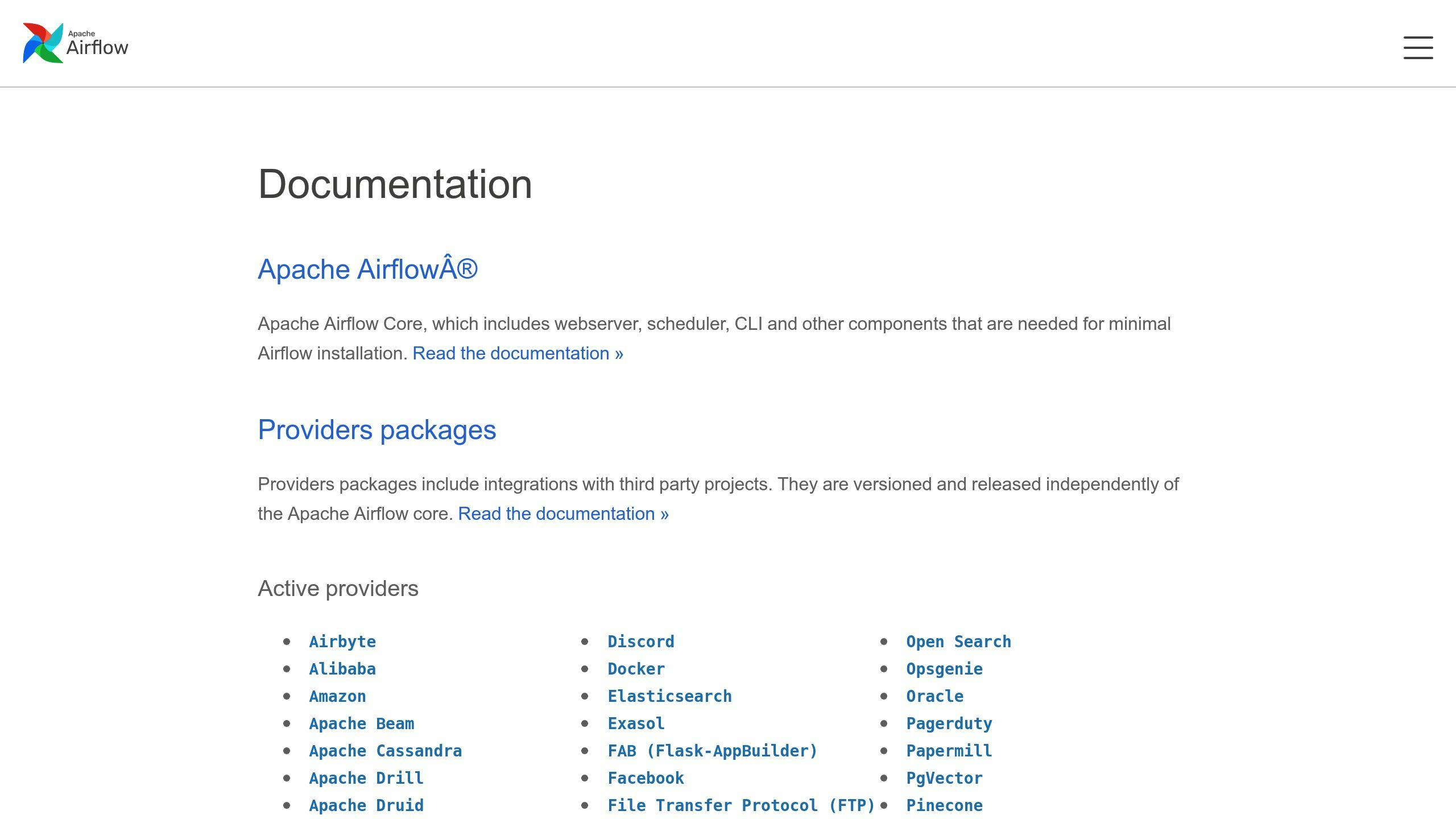AI is changing how businesses manage hybrid clouds by automating tasks, improving security, and reducing costs. Here’s how:
- Automation: AI-powered tools like Run:ai automatically adjust resources in real time, reducing manual effort.
- Data Integration: AI ensures seamless syncing of data across on-premises and cloud platforms.
- Security: AI detects threats early with anomaly detection and automated responses.
- Cost Management: Predictive scaling and resource optimization cut waste and improve efficiency.
Quick Comparison
| Aspect | AI-Driven Tools | Older Tools |
|---|---|---|
| Automation | Real-time resource adjustments | Manual scaling and oversight |
| Data Integration | Automated syncing and schema mapping | Manual processes |
| Security | Threat detection and automated responses | Basic controls, fragmented monitoring |
| Cost Management | Predictive scaling, waste reduction | Static models, manual cost planning |
AI tools are faster, more efficient, and provide centralized control, but they require upfront investment and skilled implementation. The choice depends on balancing costs with operational needs.
Orchestrating Hybrid Workflows with Apache Airflow

1. AI Tools
Modern AI tools are transforming how hybrid cloud environments are managed, using machine learning to automate processes and handle resources across multiple platforms.
Automation
Run:ai's Atlas Platform is a great example of this shift. It simplifies workload migration and resource management across various cloud setups. The platform uses real-time data to automatically adjust resource allocation, cutting down the need for manual oversight. This same approach helps streamline costs, which we'll explore further below.
Data Integration
AI plays a key role in improving data integration within hybrid cloud systems. By automating tasks like schema adjustments, real-time syncing, and intelligent caching, AI ensures consistent and efficient data flow between on-premises systems and cloud platforms. This not only reduces delays but also keeps data consistent across environments.
At the same time, AI strengthens security measures, as outlined next.
Security
AI-powered tools enhance security by analyzing large amounts of log data to detect threats as they emerge. These tools include:
- Anomaly detection using machine learning
- Automated threat responses to address issues quickly
- Cross-platform monitoring to oversee activity across environments
These features tackle the critical security challenges faced by hybrid cloud systems.
Cost Management
AI tools help reduce costs in hybrid cloud setups by intelligently managing resources and analyzing usage patterns. Studies show that organizations using AI-driven solutions can boost efficiency by up to 50% [2].
| Cost Area | AI-Driven Solution |
|---|---|
| Resource Management | Predictive scaling |
| Waste Management | Automatic removal of unused resources |
sbb-itb-f88cb20
2. Older Tools
Traditional workflow orchestration tools often fall short in hybrid cloud environments. They rely heavily on manual processes and lack the advanced features required to handle modern cloud operations efficiently.
Automation
Unlike AI-driven systems with predictive scaling, older tools struggle with managing resources dynamically across distributed environments. They depend on manual configuration and oversight, which can slow down operations and increase errors. Some key challenges include:
- Manual effort required for scaling resources
- Inconsistent control across multiple clusters
- Risk of provider lock-in due to manual migration processes
Data Integration
Legacy systems also make data integration across hybrid environments a tedious process. Without AI-powered features, tasks like schema mapping, cross-cloud synchronization, and error resolution demand significant human involvement, slowing down workflows and increasing the potential for mistakes.
Security
Security is another weak spot for older tools. Their basic features, such as access control and encryption, are insufficient for today's hybrid cloud demands. They lack automated threat detection and centralized monitoring, leaving security teams to rely on multiple tools to safeguard different platforms. This fragmented approach creates gaps that cyber threats can exploit [1].
Cost Management
Older tools often lead to financial inefficiencies. Their static cost allocation models fail to adapt to changing usage patterns, resulting in wasted resources and higher expenses. Without AI-driven analytics, organizations struggle to optimize resource use, avoid overprovisioning, and manage costs effectively across multiple cloud providers.
Advantages and Disadvantages
Using AI-driven workflow tools in hybrid cloud setups brings both benefits and challenges compared to older methods.
AI tools simplify resource management across multiple providers, but their advanced features require careful planning. While these tools offer better performance, they often come with higher upfront costs and demand specialized skills. Teams need to weigh these expenses against the operational improvements they deliver. This balancing act underscores the importance of aligning organizational needs with tool capabilities.
This trade-off directly affects hybrid cloud efficiency metrics mentioned earlier. For example, leading AI platforms enable workload migration up to 30% faster than traditional methods [2].
| Aspect | AI-Enhanced Tools | Traditional Tools |
|---|---|---|
| Automation Features | Predictive scaling, smart resource allocation, workflow automation | Manual setup, limited scaling, provider-specific automation |
| Data Integration | Real-time syncing, automated schema mapping, error detection | Manual processes, limited cross-platform compatibility |
| Security | Advanced threat detection, automated responses, unified monitoring | Basic controls, fragmented monitoring, manual threat handling |
| Cost Management | Dynamic resource use, predictive cost analysis, automated scaling | Static models, manual planning, limited cost control |
Futuriom's research shows that organizations using AI-based tools are speeding up hybrid cloud adoption and achieving higher automation levels [2]. While these tools improve security response times, their financial impact must also be carefully considered.
AI integration is becoming essential for businesses aiming for advanced automation. These tools shine in managing seamless transitions between on-premises systems and cloud platforms, offering centralized control and monitoring that older tools often can't match [1]. This builds on the 50% efficiency gains mentioned earlier [2].
Conclusion
AI-driven workflow orchestration is reshaping hybrid cloud operations by offering predictive automation and centralized control across diverse environments. From improving security to managing costs, these tools provide clear efficiency gains by automating processes, strengthening security protocols, and fine-tuning resource usage.
The impact of AI on hybrid cloud management has been transformative.
"AI is driving organizations to accelerate hybrid cloud strategies and adopt automation at an increasing rate. Those who do the best job, who can implement AI without compromising on governance, will see significant benefits." - Futuriom Report [2]
Although adopting AI orchestration requires an initial investment, the long-term operational rewards are undeniable. Success hinges on balancing automation with strong governance and maintaining visibility into processes.
To fully capitalize on these advantages, businesses should prioritize AI solutions that seamlessly integrate with their current infrastructure and security systems. This ensures they maintain centralized control while unlocking the predictive capabilities essential for hybrid cloud efficiency.


